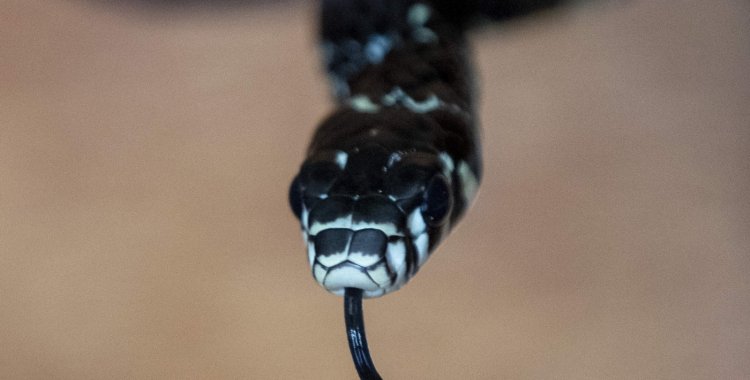"Serpentes venenosas de Angola – Guia de identificação e primeiros socorros" is the name of the first field guide entirely dedicated to Angola's poisonous snakes, prepared by biologists Luís Ceríaco and Mariana Marques and published by the University of Porto.
The work will be launched on Friday, during the ceremony to commemorate the 120th anniversary of the Institute of Hygiene and Tropical Medicine, at the NOVA University of Lisbon.
With detailed and illustrated sheets, the book allows a relatively quick identification of all species of venomous snakes in Angola, presents recommendations and provides first aid for bites and accidents.
The authors recall that "snake-bite poisonings affect more people worldwide than other neglected tropical diseases (such as visceral leishmaniasis, leprosy, yaws, Chagas disease, sleeping sickness and Buruli ulcer) combined".
In January of last year, Doctors Without Borders (MSF) released a report, according to which every hour around 15 people die worldwide from snakebite poisoning, the deadliest of neglected tropical diseases.
Citing data from the World Health Organization (WHO), this organization indicated that, every year, more than five million people are bitten by snakes and, of these, between 81,000 and 138,000 end up dying from poisoning.
Disabilities such as blindness, walking difficulties and amputation are other consequences of snakebite that can also lead to the development of significant psychological disorders, ranging from nightmares to post-traumatic stress disorder.
The guide notes that snakes "can be found in virtually all types of habitats" in Angola.
"Although they are also present in the center of cities, including the metropolitan areas of large cities such as Luanda, Benguela, Huambo or Lubango, the probability of finding snakes is much greater when we leave urban centers", reads the work.
In many cases, the authors write, encounters between snakes and humans "can take place inside the dwellings themselves", since "it is common for snakes to enter houses, looking for shelter, heat or food".
Biologists leave some preventive advice, such as installing mosquito nets that prevent snakes from entering through the window, protecting any type of crack or hole in walls or ceilings, avoiding accumulation of household waste, which attracts mice and rats and their predators, among which serpents.







